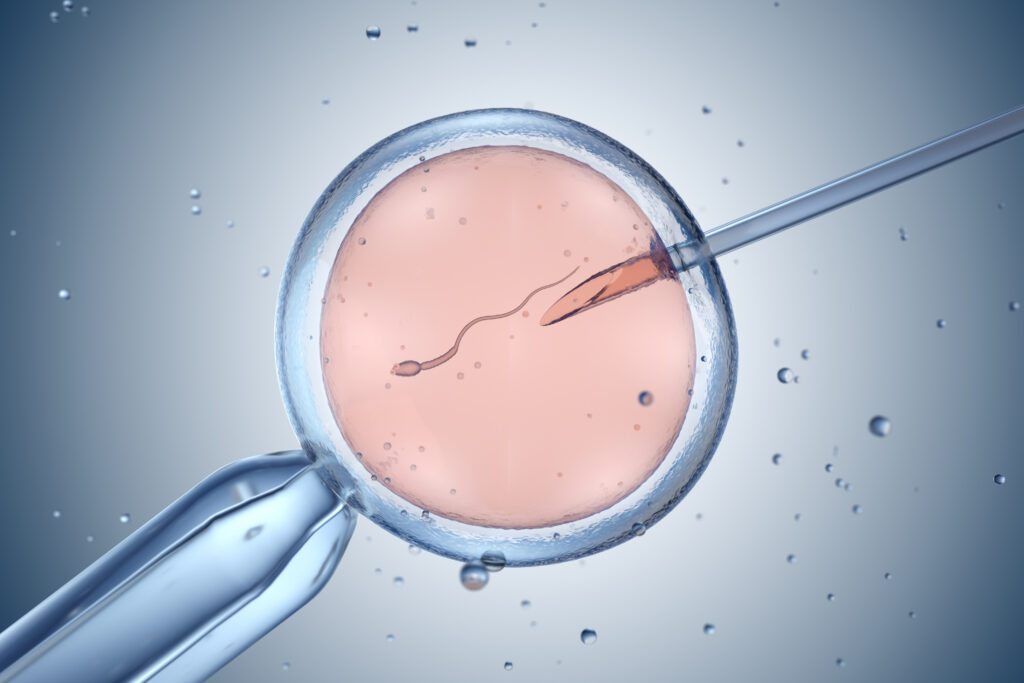From Standard Medical Practice to Rape
This March, Virginia became the eighth state to require that some form of ultrasound be performed for women seeking an abortion and that the woman be given the option to view the resulting image and hear any audible fetal heartbeat.
On its way to final passage, however, the bill became engulfed in a firestorm of controversy as opponents characterized it as nothing short of “rape.”
State senator Janet Howell described the bill as “state rape.” Writing online at Slate, senior editor Dahlia Lithwick agreed, saying the law as written “would constitute rape.” The website Feministe dubbed it the “Virginia Rape Law.” This became a defining trope, especially in the blogosphere, for those opposing the bill.
So how did the use of ultrasound, a fairly common medical procedure today, become an act of rape?
The Virginia law, as originally drafted, required an ultrasound to produce a fetal image for the purposes of determining gestational age. The ultrasound image was to be made “pursuant to standard medical practice in the community.” The woman would then be given the option of seeing that image, but there was no requirement that she do so.
Note that the bill did not specify what type of ultrasound be used, only that it be “pursuant to standard medical practice in the community.”
The transabdominal ultrasound – the familiar “jelly-on-the-belly” ultrasound – is not as effective in confirming a pregnancy that is less than six weeks gestation. Transvaginal ultrasound, however, can verify pregnancy as early as 4 ½ – 5 weeks gestation.
Now, over half of all abortions occur within the first eight weeks of pregnancy. Some of these abortions occur at or before 6 weeks and, in these situations, a transabdominal ultrasound may not be capable of producing a fetal image. In such cases, a transvaginal ultrasound may therefore be required [to confirm a pregnancy]. Opponents of the bill seized on this possibility to (mis)characterize it as “state-sponsored rape.”
Unmentioned in all of this, however, is the fact that the Virginia League for Planned Parenthood and other abortion providers already require women requesting an abortion to undergo an ultrasound, as noted by Alana Goodman in Commentary.
The Washington Post, while editorializing against the bill, nonetheless showed in its reporting that “despite the controversy over what type of ultrasound would be required in Virginia’s bill, both abdominal and vaginal ultrasounds are, in fact, used by most abortion providers. They are the most accurate tool for determining the development stage of a fetus, doctors said.”
The Post went on to quote one Willie Parker, a doctor who performs abortion in the Washington area and in Philadelphia, as saying of the use of ultrasound in abortion clinics, “It’s a pretty common practice.”
In a piece titled “Crying Rape: Pro-choice advocates should quit calling ultrasounds rape” published on the liberal website Slate, Carole Joffe, who is herself pro-choice, noted:
The reality is that most abortion patients do receive an ultrasound to date their pregnancies. Since most abortions take place in the first trimester of pregnancy, many of these ultrasounds are performed with a transvaginal probe, the most effective method for viewing early-stage pregnancies. In the end, whether an ultrasound is performed, and which method is used, reflects either the practice of the abortion provider, the patient’s medical history, or—for a relatively small number of women—an aversion to the transvaginal method. Most of the time, however, the transvaginal ultrasound is a useful and common tool that helps providers perform abortions safely and well.
The National Abortion Federation (NAF), which sees itself as setting standards of practice for the abortion industry, notes on its website that “Diagnostic ultrasound is a versatile and safe imaging modality with many applications in the field of obstetrics and gynecology. Ultrasound technology permits the early diagnosis of pregnancy and has significantly advanced both abortion and prenatal care. In the context of medical abortion, ultrasonography can help determine gestational age, assess the outcome of the procedure, and diagnose ectopic pregnancy and other types of abnormal pregnancy.”
NAF goes on to endorse the use of both transabdominal and transvaginal ultrasounds as “valuable diagnostic tools in obstetrics and gynecology.”
In other words, the National Abortion Federation endorses as a standard medical practice the use of ultrasound, either transabdominal or transvaginal, prior to an abortion in order to determine gestational age, among other things – which is exactly what the Virginia law called for.
Although fraudulent, then, the attack on the Virginia bill was nonetheless effective: the bill was amended to specify that only a transabdominal ultrasound would be required and this version is the final bill that was signed into law.
It would seem then for at least some abortion advocates that transvaginal ultrasound is good standard practice when it is used in the performance of an abortion, but it becomes “rape” when it might have the effect of influencing a woman’s decision and saving an unborn child’s life.
And a final irony – isn’t abortion itself a highly invasive procedure?
























